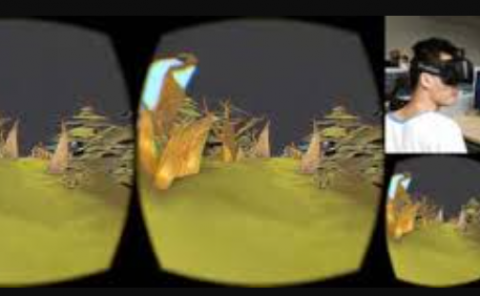Embracing Physical Keyboards for Virtual Reality
PubDate: Sep 2020
Teams: Virginia Tech
Writers: Doug A. Bowman
PDF: Embracing Physical Keyboards for Virtual Reality

Abstract
As virtual reality (VR) systems become more popular and affordable, users are rediscovering an old problem that remains challenging despite decades of research—how to enter text into VR applications. While text entry might be unnecessary in VR games and entertainment, there is a surprising number of use cases, such as entering a file name when saving a 3D scene, writing a note to a collaborator who will enter the virtual world later, or searching for a particular string in a document visualization. Moreover, as VR headsets improve, more people are considering doing office work in VR, where the number and size of screens are unlimited. But virtual keyboards in VR are slow, gestures for text entry are hard to learn, and dictation systems are not appropriate for all usage contexts. By far, the best-performing technique is to use a physical keyboard like the one attached to your PC, and recent work has demonstrated that, with accurate finger and keyboard tracking, typing on a physical keyboard in VR can result in very good performance. The problem, however, is that physical keyboards are a one-trick pony; they can be used only for entering text. Keyboards in VR seem like a necessary but undesirable peripheral.


